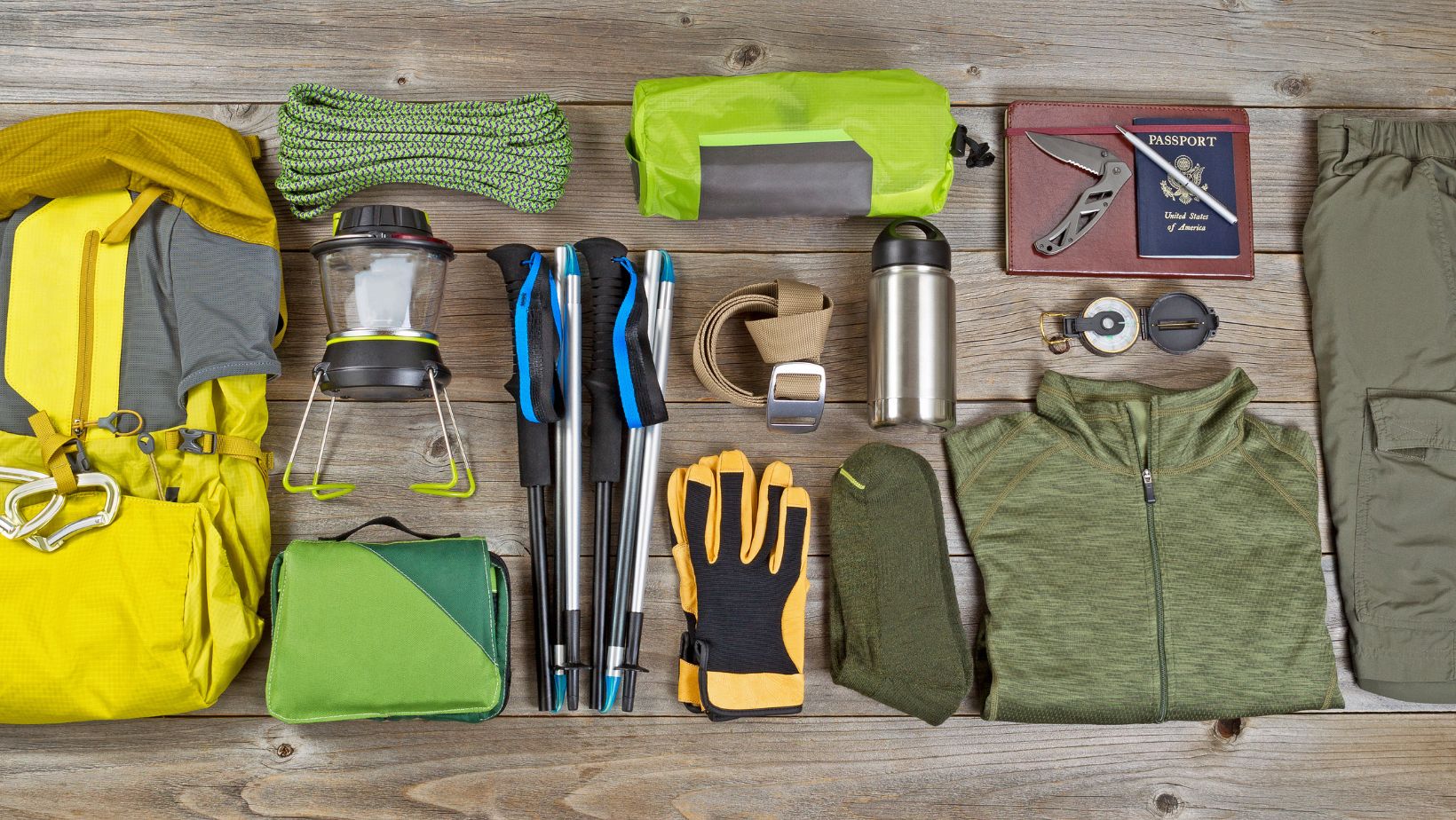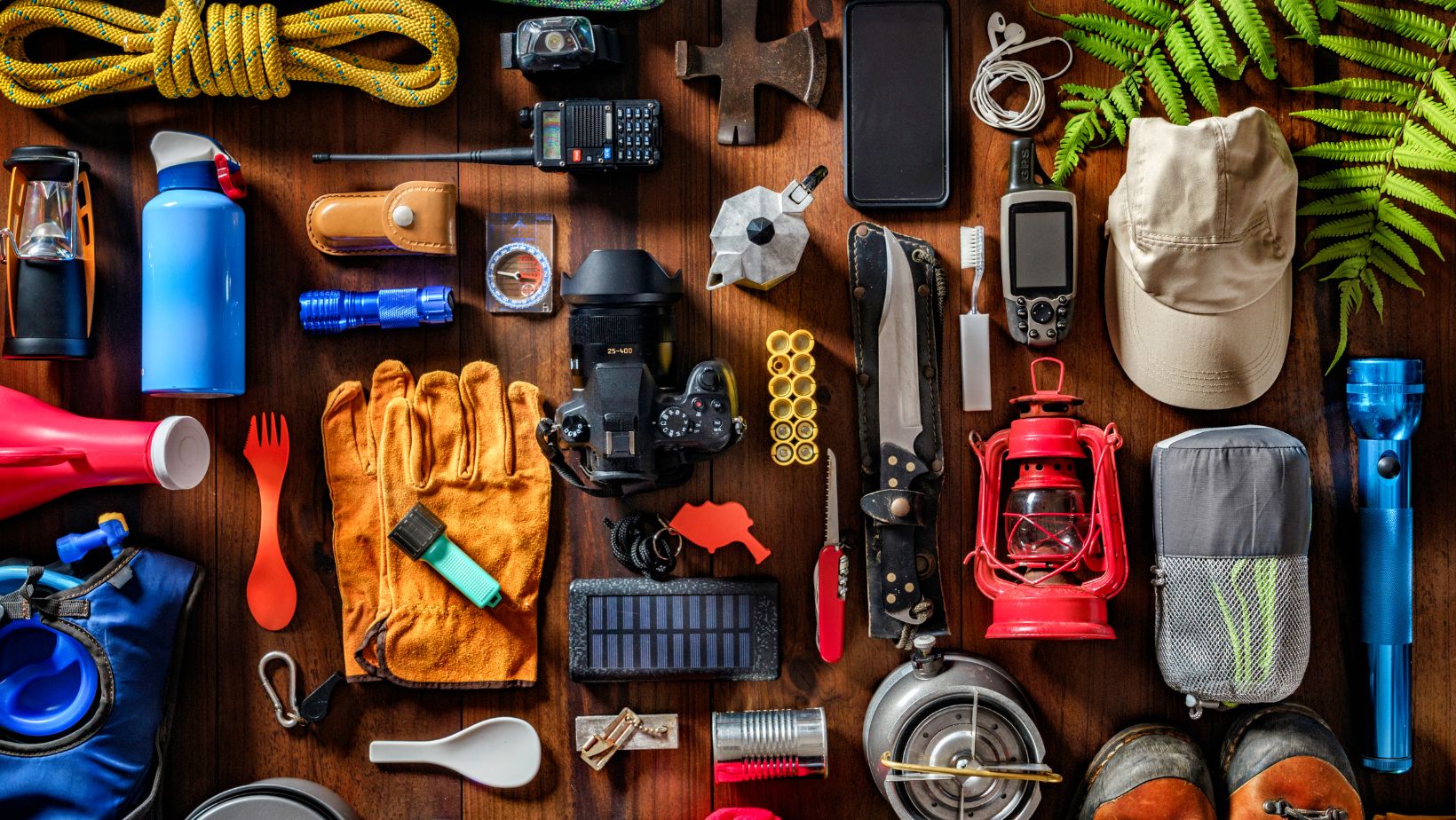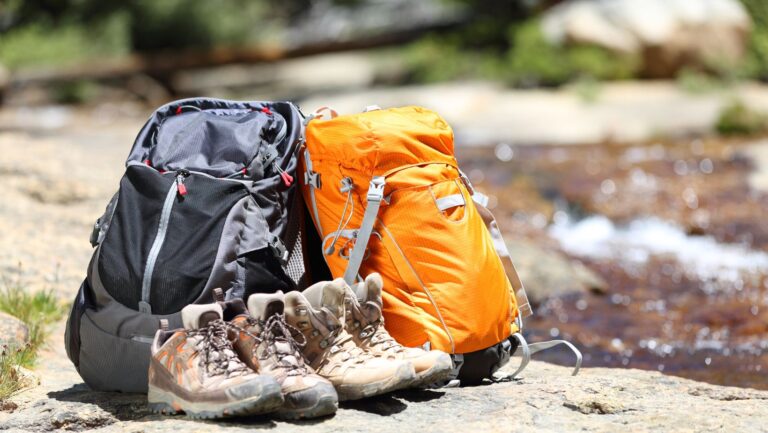As an outdoor enthusiast, how can you pursue your passion without negatively impacting the environment? The answer is simple: by making sustainable gear choices. After all, hiking and camping have become increasingly popular activities in recent years, yet with those pursuits comes a responsibility to minimize our influence on nature while still enjoying ourselves.
With that said, eco-friendly adventurers must be mindful of their buying habits and find ways to limit unnecessary waste along their journeys. From collapsible water bottles and lightweight cooking equipment to long-lasting clothing options and biodegradable toiletries, this article will explore several options for the environmentally-conscious camper looking for sustainable gear when hitting the trails.
Invest In Long-Lasting And Durable Gear
For those who love to travel, finding the right gear is crucial for a successful trip. But with so many options, choosing the right products can be overwhelming. That’s where sustainability comes in. When making sustainable gear choices, it’s wise to invest in long-lasting and durable gear; compare barefoot shoes vs regular shoes to find the most eco-friendly option for your needs. By investing in long-lasting and durable gear, not only are you saving money in the long run, but you’re also doing your part in reducing waste and promoting a healthier environment. When looking for sustainable gear choices, opt for recycled plastic or organic cotton materials.
Additionally, research brands that prioritize eco-conscious production practices. With the right mindset and a little research, you can find gear that meets your needs on the road and aligns with your values. Knowing how to find the right travel gear is vital to minimizing your carbon footprint and positively impacting the environment.
Choose Natural Materials When Possible
When purchasing gear, consider choosing natural materials when possible. Synthetic materials such as polyester and nylon may be durable but often negatively impact the environment during production and disposal. On the other hand, natural materials like wool or hemp can be sustainably sourced and biodegradable. They also tend to have a longer lifespan compared to their synthetic counterparts.

Furthermore, opting for natural materials also means avoiding exposure to harmful chemicals found in synthetic products. Natural materials are better for the environment and can also be better for your health.
Look For Recycled And Upcycled Materials
In today’s world, recycling and upcycling are becoming more critical than ever. It applies to outdoor gear as well. Many brands now offer products made from recycled materials, such as water bottles or old clothing. These products reduce waste and give a new life to materials that would otherwise end up in landfills.
Upcycling is another option for sustainable gear choices. It involves repurposing old materials, such as tents or sleeping bags, into new and valuable products. It’s a more creative approach to reducing waste and can result in unique and personalized gear.
Consider Sustainable Options For Energy Sources
When enjoying the great outdoors, it’s crucial to prioritize sustainable energy sources. One way to do this is by considering alternatives to disposable batteries. Instead, you can invest in rechargeable batteries or opt for solar-powered gear. Not only does this choice help reduce waste, but it also proves to be a cost-effective solution in the long run.
Additionally, portable and compact solar panels are available that can be easily carried on hikes or camping trips. These panels provide a reliable and renewable energy source for charging your electronic devices, allowing you to stay connected while being environmentally conscious. By harnessing the sun’s power, you can enjoy the beauty of nature without compromising your connectivity needs.
Don’t Forget About The Little Things
When venturing into the great outdoors, it’s often the tiny items that substantially impact the environment. So, when packing for your outdoor adventures, pay attention to the little things that can make a big difference. Consider bringing biodegradable soap and shampoo to minimize harm to nature. Opt for reusable utensils and straws, reducing single-use plastic waste. And remember to choose an eco-friendly bug spray that keeps pests away without harming the environment.

By making these small but significant choices, you contribute to the collective effort of reducing waste and preserving the beauty of nature. Each sustainable decision you make during your trip adds to a positive environmental impact. So, embrace the power of making conscious and eco-friendly choices in every aspect of your outdoor journey. Let’s leave no trace and enjoy the wonders of nature responsibly.
Research Local Manufacturers
In addition to considering sustainable materials and production practices, it’s also important to research local manufacturers when purchasing gear. By supporting local businesses, you can reduce your carbon footprint by avoiding long-distance shipping and supporting the economy of the area you’re visiting.
Local manufacturers may also better understand the specific needs for outdoor gear in their region, resulting in more suitable and durable products. Plus, by buying from local companies, you can also learn about the history and culture of the area through their products.
Spread Awareness And Educate Others
Finally, as an eco-friendly outdoor enthusiast, spreading awareness and educating others about sustainable gear choices is essential. By sharing your knowledge with friends and fellow adventurers, you can inspire them to make conscious decisions regarding their gear.
You can also support and promote brands committed to sustainability, encouraging others to do the same. By making sustainable choices and educating others, we can all play a part in preserving and protecting the environment for future generations of outdoor lovers. Remember, every small effort counts towards creating a more sustainable world.




